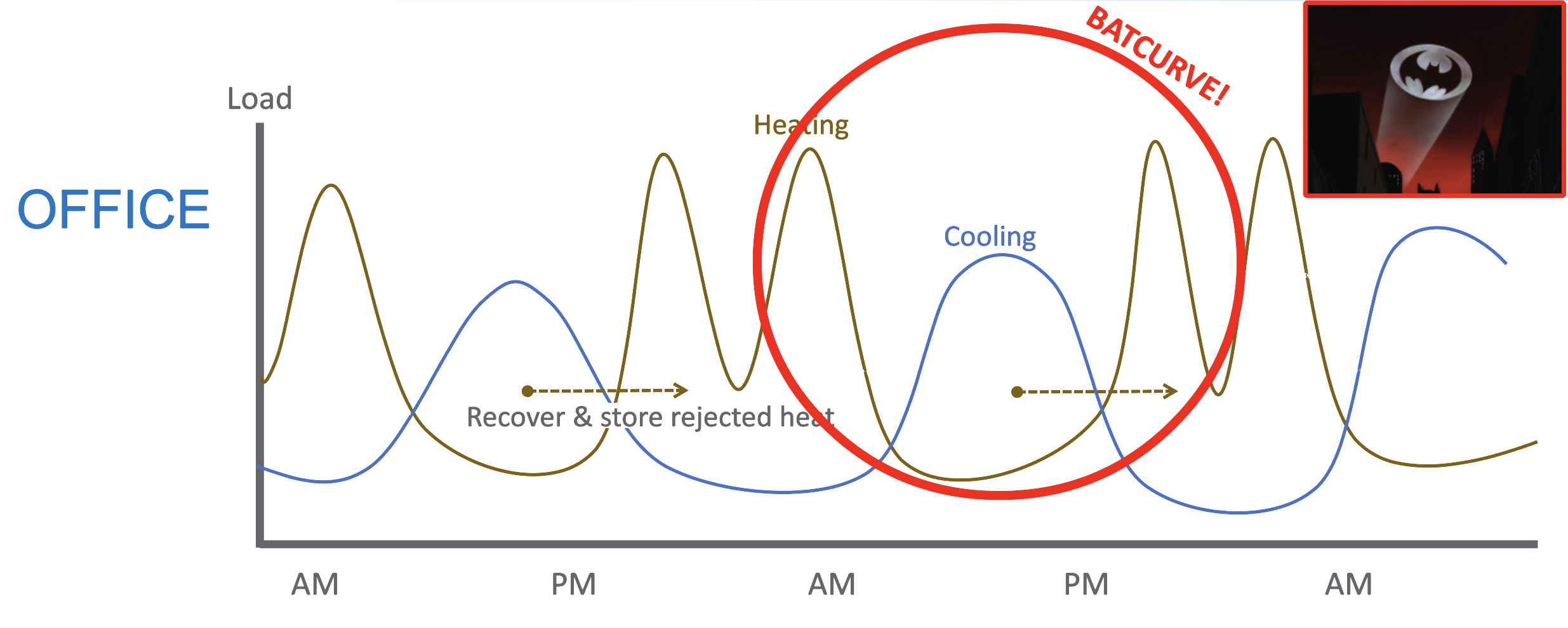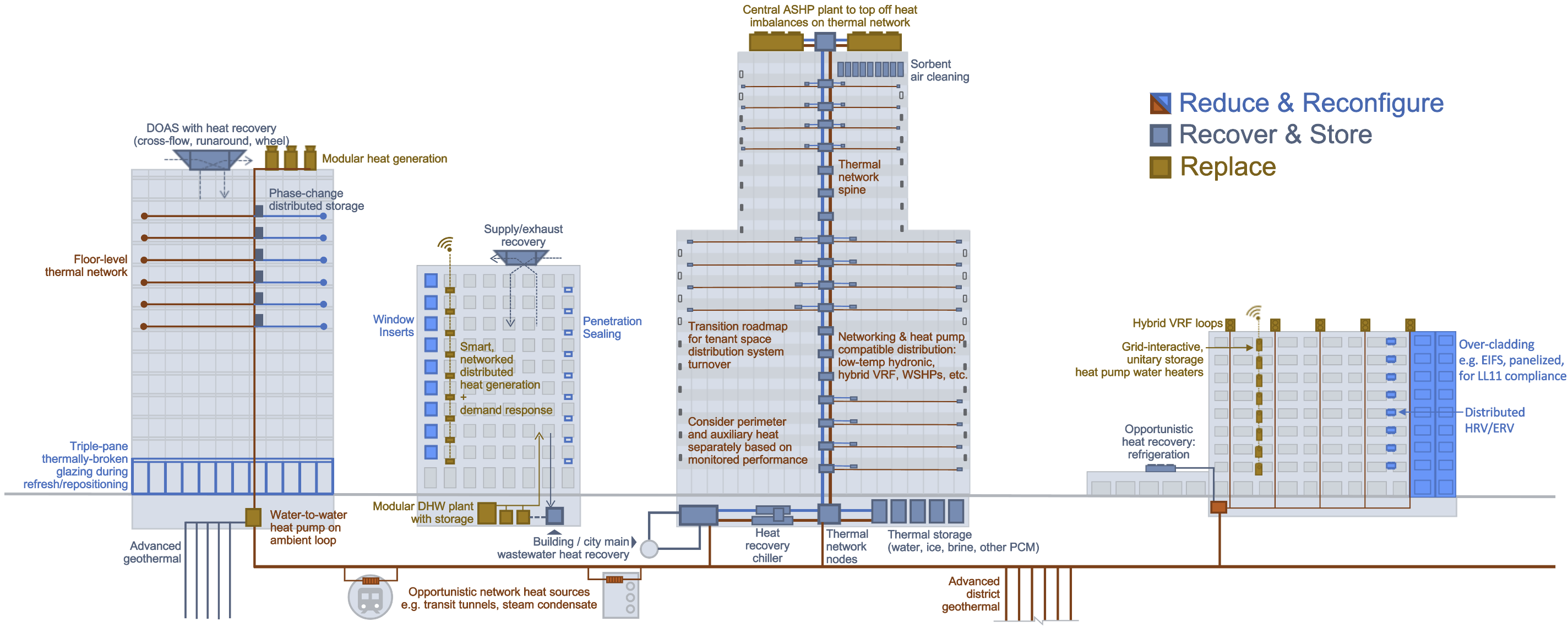| tab | 1 |
|---|
| styles | {"body":{"text":{"color":"#002d72","textAlign":"left","fontWeight":"normal","fontSize":14}},"header":{"backgroundColor":{"color":"#ffffff"}},"headline":{"alignment":{"horizontal":"start"},"text":{"text":"Overcoming the BarriersDecarbonization Framework","color":"#002d72","textAlign":"left","fontWeight":"normal","fontSize":26}},"base":{"border":{"bottom":false,"left":true,"right":false,"top":false,"color":"#002d72","width":4,"style":"solid"},"backgroundColor":{"color":"#ffffff"},"borderRadius":{"radius":4},"boxShadow":{"shadows":[{"color":"rgba(0, 0, 0, 0.08)","x":0,"y":1,"blur":1,"spread":0},{"color":"rgba(0, 0, 0, 0.16)","x":0,"y":1,"blur":3,"spread":1}]}}} |
|---|
| body | <p><br /></p> |
|---|
| | Expand |
|---|
title | learn more | | Section |
|---|
Too often, building electrification is simplified as replacing the existing fossil fuel burning equipment with the same capacity of air source heat pumps. This one-to-one equipment swap mindset won't deliver decarbonization in tall buildings in dense urban environment for multiple reasons. First, the additional electrical equipment will require costly electrical upgrades not only at the building, but also at the grid level to support the increased capacity. This potentially could create a grid peak in winter time due to our cold climate environment at the same time as Climate Leadership and Community Protection Act (CLCPA) is transitioning the New York grid to renewable generation. Building emissions would reduce as a result of the grid transitioning but not significantly due to the increased load. Finally, it is often not physically or economically feasible to do the replacement due to roof/mechanical room space constraint and high construction cost. In addition to replacing the heating equipment, the existing thermal distribution system (hot water baseboards, steam radiators, forced-air system, etc...) will most likely have to be upgraded to be compatible with output temperature of today's heat pump technology, adding to the overall project cost. Cold climate tall building decarbonization requires a whole-systems approach to overcome these challenges.
 Image Removed
Image Removed





